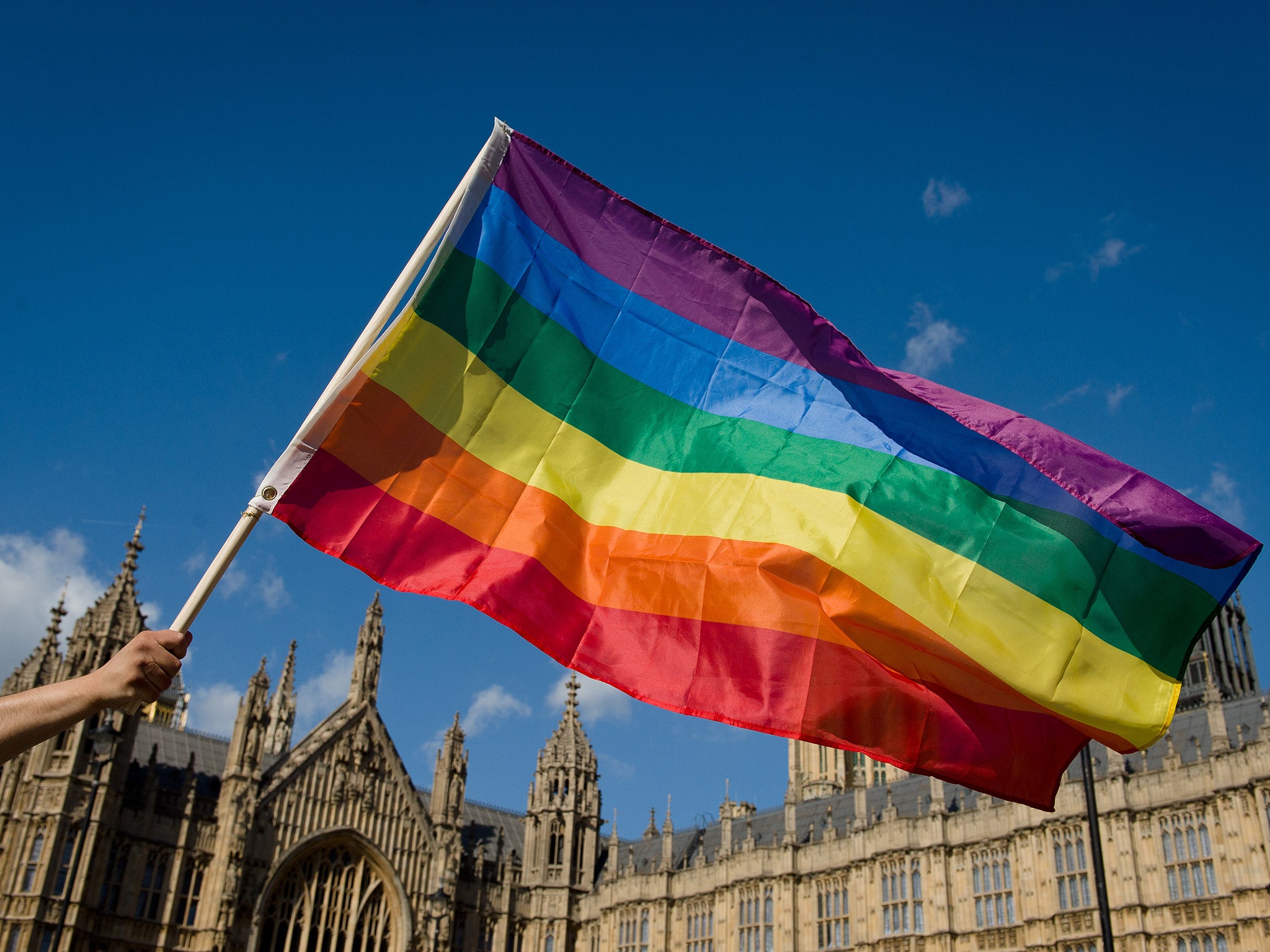Young, middle class Londoners most likely to be gay
People in the north-east least likely to be out

Your support helps us to tell the story
From reproductive rights to climate change to Big Tech, The Independent is on the ground when the story is developing. Whether it's investigating the financials of Elon Musk's pro-Trump PAC or producing our latest documentary, 'The A Word', which shines a light on the American women fighting for reproductive rights, we know how important it is to parse out the facts from the messaging.
At such a critical moment in US history, we need reporters on the ground. Your donation allows us to keep sending journalists to speak to both sides of the story.
The Independent is trusted by Americans across the entire political spectrum. And unlike many other quality news outlets, we choose not to lock Americans out of our reporting and analysis with paywalls. We believe quality journalism should be available to everyone, paid for by those who can afford it.
Your support makes all the difference.Young middle class people living in London are most likely to be openly gay, according to official figures.
New analysis of a nationwide survey of households by the Office for National Statistics has revealed dramatic variation across class and geography in the proportion of people identifying themselves as gay.
Overall 1.6 per cent of British adults described themselves as gay, lesbian or bisexual in the Integrated Household Survey. However, the true figure is likely to be much higher as 3.9 per cent of those surveyed said they either did not know their sexuality or would not tell pollsters what it was.
London has the highest percentage of adults who are openly gay in Britain at 3.2 per cent. The north-east had the lowest proportion with just 1.1 per cent of the population identifying themselves as homosexual or bisexual.
Those in managerial and professional jobs were almost twice as likely to identify themselves as lesbian, gay or bisexual (2.2 per cent) than those in intermediate, routine or manual occupations (1.4 per cent).
James Taylor, Head of Policy at Stonewall, said: “The figures should be taken with a pinch of salt but they do show that there are certain professions and areas of employment where LGBT people feel more comfortable and these are typically professional workplaces.”
He added: “There’s definitely a geographical issue here too. People feel less confident about being open about their sexual orientation outside of big cities because there aren’t always the same support networks in place.”
The likelihood of being openly gay reduces with age, according to ONS. Amongst those aged between 16 and 24, 2.7 per cent identified themselves as lesbian, gay or bisexual, compared to just 0.5 per cent of over-65s.
Amongst the nations, Scotland had the lowest proportion of people identifying themselves as gay and England had the highest. Men were twice as likely as women to state their sexuality as gay or lesbian.
Stonewall cautioned that the figures could not yet be relied upon, however. Mr Taylor said: “We don’t think the figures are completely accurate yet. People aren’t necessarily going to know the sexual orientation of everybody living in a household and some people would not feel comfortable telling a complete stranger their sexuality.”
Stonewall estimated in research for the Government in 2004 that LGBT people make up between five and seven per cent of the population.
Join our commenting forum
Join thought-provoking conversations, follow other Independent readers and see their replies
Comments